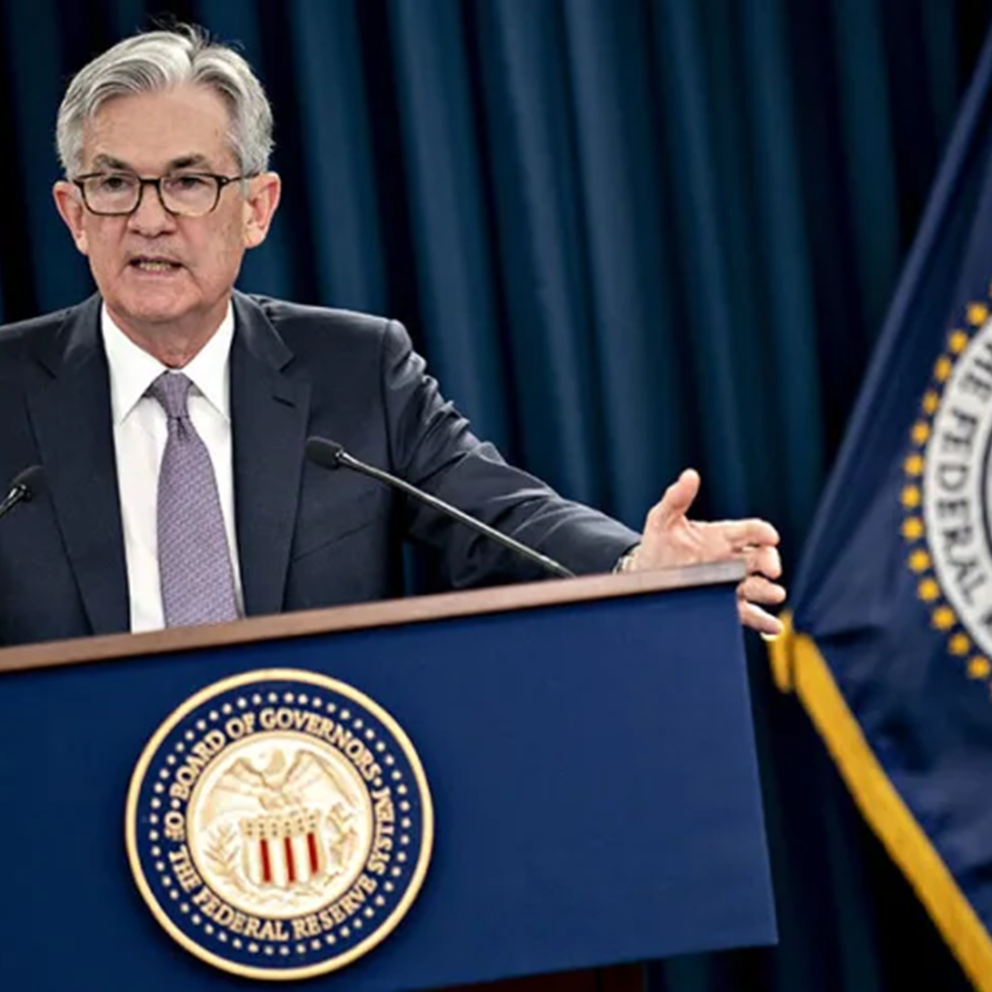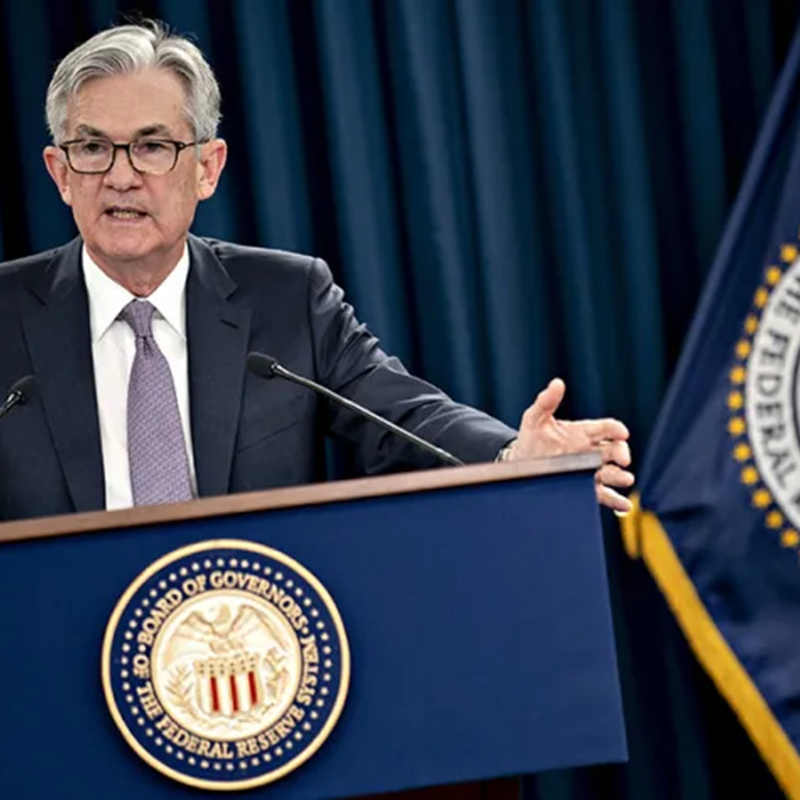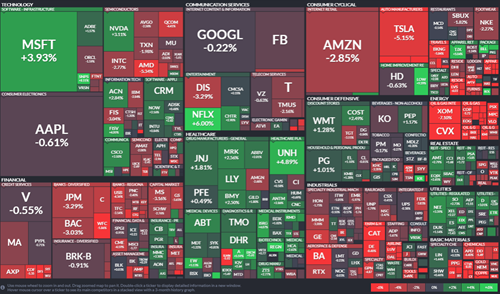

Weekly update - Signal
This week’s update comes from Ben Byrom from our discretionary investment management team in Guernsey
The financial market’s attention will be firmly focused on the Jackson Hole Economic Policy Symposium later this week. The annual event, sponsored by the Federal Reserve Bank of Kansas City, brings together the great and the good of financial markets from around the world. However, it will be Jerome Powell’s address that will garner the most attention as participants hope to get some sort of direction on where the Fed Chairman’s thoughts are on tapering the huge fiscal support his organisation has provided the US, and to some extent the global financial system.
Fed official’s language used in public addresses and minutes of its closed-door meetings are heavily scrutinised by market participants. The game is to decipher what is noise and what is actionable signal in an attempt to be ahead of trend and maximise profitability. Whilst Jerome may not be obvious, his comments should be clear with reduced chance of misinterpretation. Mixed messages made in October 2018 caused an horrendous ~20% correction in equities as investors feared the Fed would raise interest rates too far and strangle growth in the process.
Economic commentator Gavekal believes the Fed will signal a desire to taper sooner rather than later, whether during the symposium or after the next Fed meeting in September, as the rationales to keep monetary policy loose (stave off deflation and get people back to work) are now beginning to run out of credibility. Gavekal argues that the data is sufficiently strong enough to suggest that inflationary pressures are more than transitory, soon to make up for at least a decade of undershoot, and that the recovery in jobs is accelerating quicker than in any previous recovery.
To gauge what to expect, if indeed a signal is offered to the market, we can look back at times of previous tapers. Both bonds and equities sold-off, as reduced Fed purchases allowed short-term rates to rise, increasing the cost of capital and subsequently the discount rate used to value future cash flows (i.e. equity earnings). In cases where the Fed has surprised, been misinterpreted, or the language it has used to convey its point has been less than ideal (Q4 2018), markets have expressed their dissatisfaction of not knowing what is coming ahead of time by throwing a tantrum.
What have now known to be ‘taper tantrums’ reflect uncertainty and are often characterised by heightened volatility across all asset classes as sudden, and sharp reactions have both intended and unintended market consequences.
Since March 2020, Jerome has been especially dovish, preferring to talk down market expectations on inflation, yet a number of his federal reserve committee members have been more hawkish lately with their views. To assume the Fed will continue its dovish stance is now more contrarian than consensus. Indeed, minutes released last week on the Federal Reserve’s latest meeting held in July revealed that most Federal Reserve officials agree that a slowing of bond purchases could start later this year. The uncertainty surrounding when, by how much, and how quickly are probably what’s behind the rising market volatility over the past week or so and the flight within equities to defensive sectors (see the chart below for a visual interpretation).
With the bond market already starting to price in a lower growth future (with inflation also likely to abate), equities seem most exposed to any meaningful attempt to reign in excess liquidity. Of course, nothing is guaranteed, it’s fair to say a taper of sorts is expected and most likely already priced in. Anything more hawkish could trigger a tantrum, whilst a more benign outcome (tapering to start beyond Q1 of next year, for example) could see a return to a risk-on environment.
So, what should you do as an investor? This will largely come down to your time preference – shorter-term ‘traders’ may wish to scale down exposure and tighten-up the risk management. Longer timeframe investors should not be overly concerned – whilst those on the side lines with extra cash are probably in the best position as a good opportunity to put cash to work may well present itself over the next few weeks or months.
Last week’s equity performance in the S&P500 shows a clear preference for defensive assets in healthcare, consumer defensive and utilities (see chart below).



